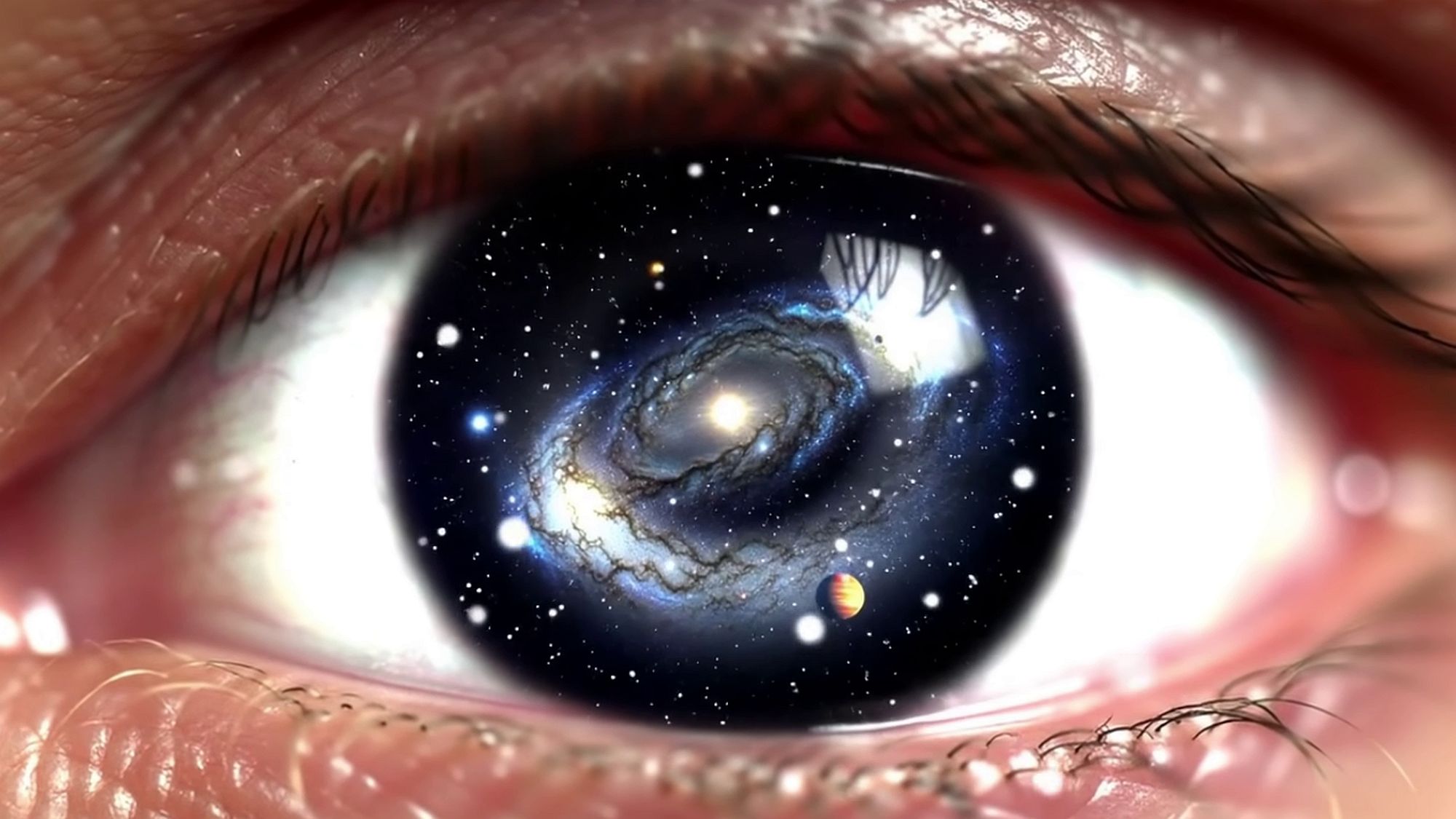When there is no time, there is no space (and vice versa). The concept of moving faster than light challenges our understanding of space and time.
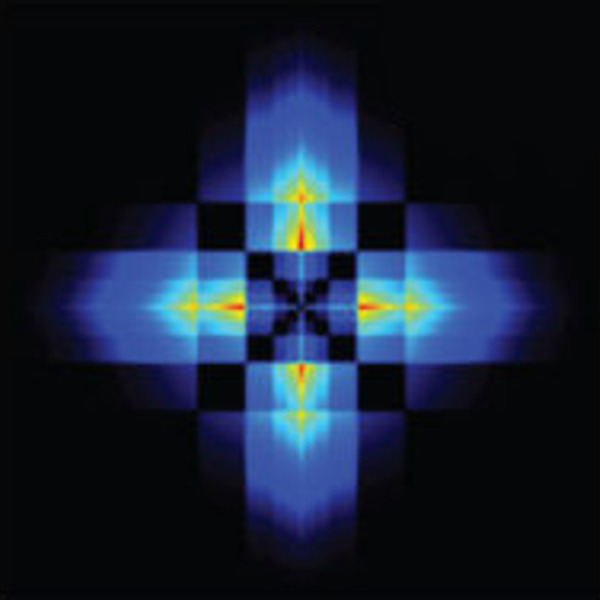
…from the photon’s perspective, time does not exist. At the speed of light, time effectively shouts: “HALT!” Whether or not photons actually speak German is irrelevant. Important is: “When there is no time, there is no space.”
Image: hologram of a photon, Univ. of Warsaw
One of Günter Nimtz’s claims regarding tunneling is that the tunneling process occurs faster than light. Most physicists concur with this assertion; for instance, Aephraim Steinberg stated that the results on quantum tunneling are “robustly superluminal.” The contention arises from Nimtz’s suggestion that a signal can be transmitted faster than light, which anyone can hear, thereby challenging the no-communication theorem https://en.wikipedia.org/wiki/No-communication_theorem .
The idea of faster-than-light (FTL) communication is largely considered taboo in physics, attributed to the “Fundamental Fysiks” group from Princeton in the 1970s. This group of hippie “fysicists,” who experimented with psychedelics and magic, developed the “no-communication theorem.”
So, on one hand, physicists agree that particles can quantum-tunnel faster than light, while on the other hand, they maintain that this phenomenon cannot be used to transmit information. Yet, it raises the question: if we can perceive such signals, how does this reconcile with the established limits of communication in physics?
Interestingly, Aephraim Steinberg from the University of Toronto has called quantum tunneling “robustly superluminal”:
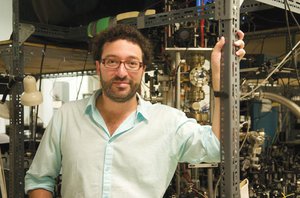
He has measured this by using “Larmor clocks,” which is a different way of saying he measured the spin of photons before and after entering the tunnel.
So, he transmitted the spin position of a photon at superluminal speed. How is this not “transmitting information?” He transmitted information about the state of the photon, and measured its change after superluminal travel through the quantum tunnel. Didn’t he violate the no-communication theorem? And why is he allowed to transmit information on the photon spin at superluminal speed, and Nimtz from the University of Cologne can’t transmit AM modulated waves with Mozart?
SIMPLIFIED string theory
For simplification, I have described a photon as a quantum entity, a point, or a 0D (zero dimension) brane. The word “brane” comes from the word “membrane” and the physicists who came up with string theory left out the “mem”. When the photon undergoes tunneling, it behaves like a 1D (one-dimensional) string. A 1D string is a “one-brane” membrane, but the physicists who came up with string theory thought it would sound better to give it a different name. I think.
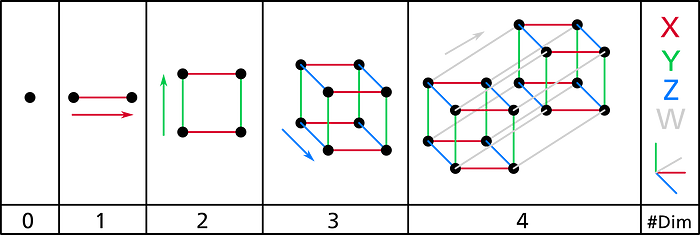
So, in both 0D and 1D contexts, the concepts of time and space, as we know them, do not exist. You need the fourth dimension to have space and time. What I have done here is to illustrate the particle/wave duality.
My simplification has not much in common with “real” string theory. I called it “string” theory because two points (photons) connected by a line look like a string. A string can be a wave. A point is a particle.
Moreover, there is a common assertion that “in quantum mechanics, particles exist in spacetime.” From our perspective, a photon certainly exists in spacetime as it travels from point A to point B.
However, from the photon’s perspective, time does not exist. At the speed of light, time effectively shouts: “HALT!” Whether or not photons actually speak German is irrelevant. Important is: “When there is no time, there is no space.”
This agrees with time dilation at c.
————————
Second opinion: “A Photon’s Point of View”
by Steve Nerlich (PhD), Director, International Research and Analysis Unit, Australia
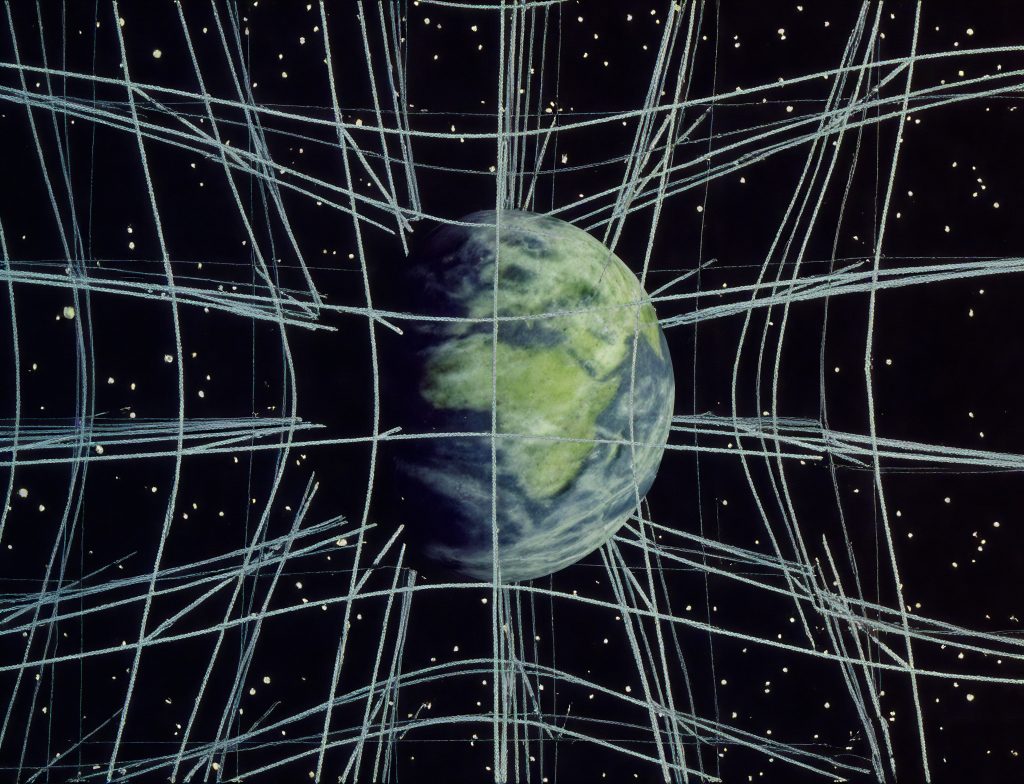
“From a photon’s point of view, it is emitted and then instantaneously reabsorbed. This is true for a photon emitted in the core of the Sun, which might be reabsorbed after crossing a fraction of a millimeter’s distance. And it is equally true for a photon that, from our point of view, has traveled for over 13 billion years after being emitted from the surface of one of the universe’s first stars. So it seems that not only does a photon not experience the passage of time, it does not experience the passage of distance either.”
End quote
The photon follows a null geodesic; this is the path that massless particles follow. That’s why it’s called “null”; its interval (its “distance” in 4D spacetime) is equal to zero, and it does not have a proper time associated with it.
Difference of SIMPLIFIED string theory to “real” string theory
In real string theory, any particle, at any time, is a string. In my simplified version, a particle following a null geodesic, not influenced by gravity or fields of any kind, is a 0D (zero dimensional) point.
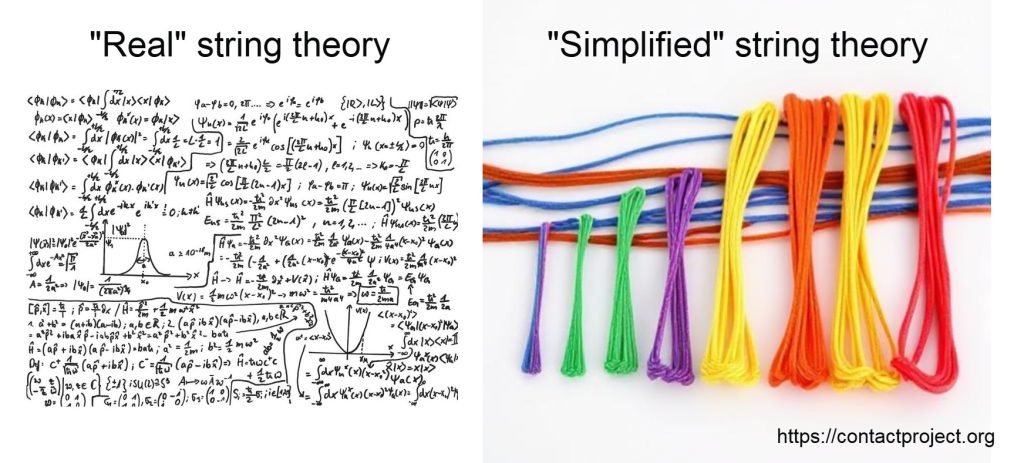
It is only by interacting with external fields, gravitational, electromagnetic or objects, that the particle (photon) gains the first dimension. The photon is slowed down, and it becomes a “string.” The length of this string is analogous to its deceleration and possible wave “length.”
So, a very high energy-photon, for instance in the gamma ray spectrum, is a relatively short “string,” which translates into a short wavelength. A short string makes short wavelengths.
If the photon is slowed down more, for instance, by hitting the dense atmosphere of a planet, it becomes longer and can express an infrared wavelength. A longer photon string makes longer wavelengths, and it interacts differently with its environment.
QED
A Photon’s Point of View (archive)
https://web.archive.org/web/20240423185232/https://phys.org/news/2011-08-photons-view.html
A Photon’s Point of View
https://phys.org/news/2011-08-photons-view.html
Images
left: Hologram of a single photon, Univ. of Warsaw
https://geometrymatters.com/hologram-of-a-single-photon/
